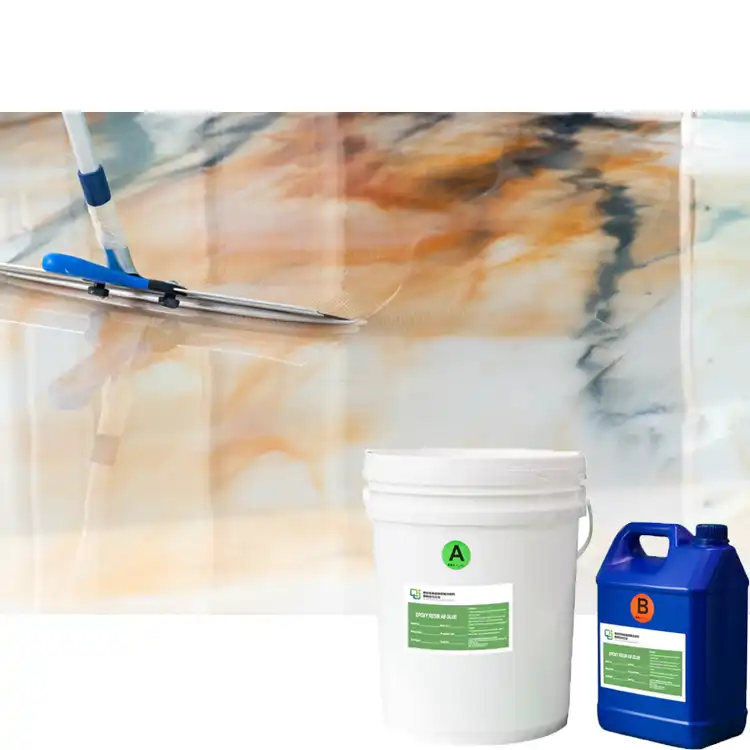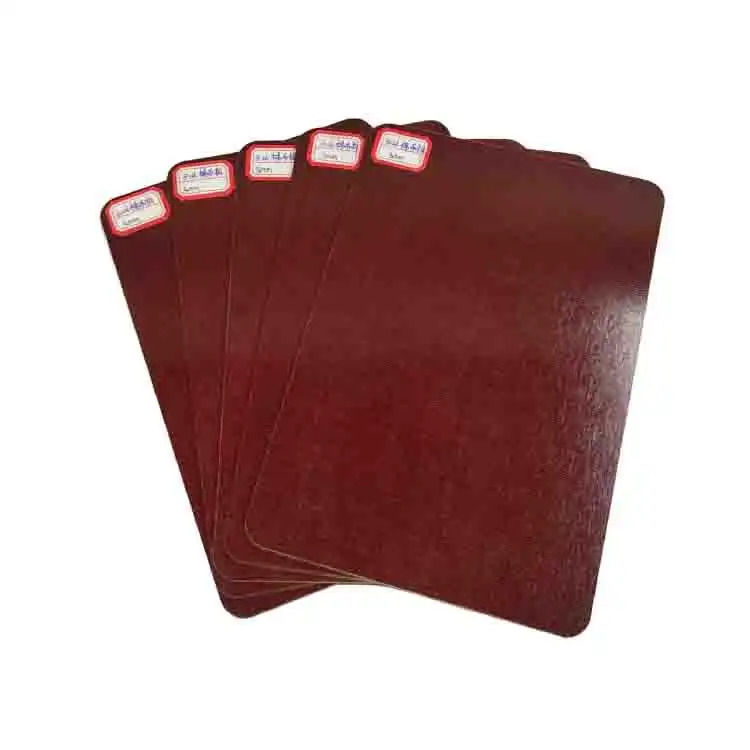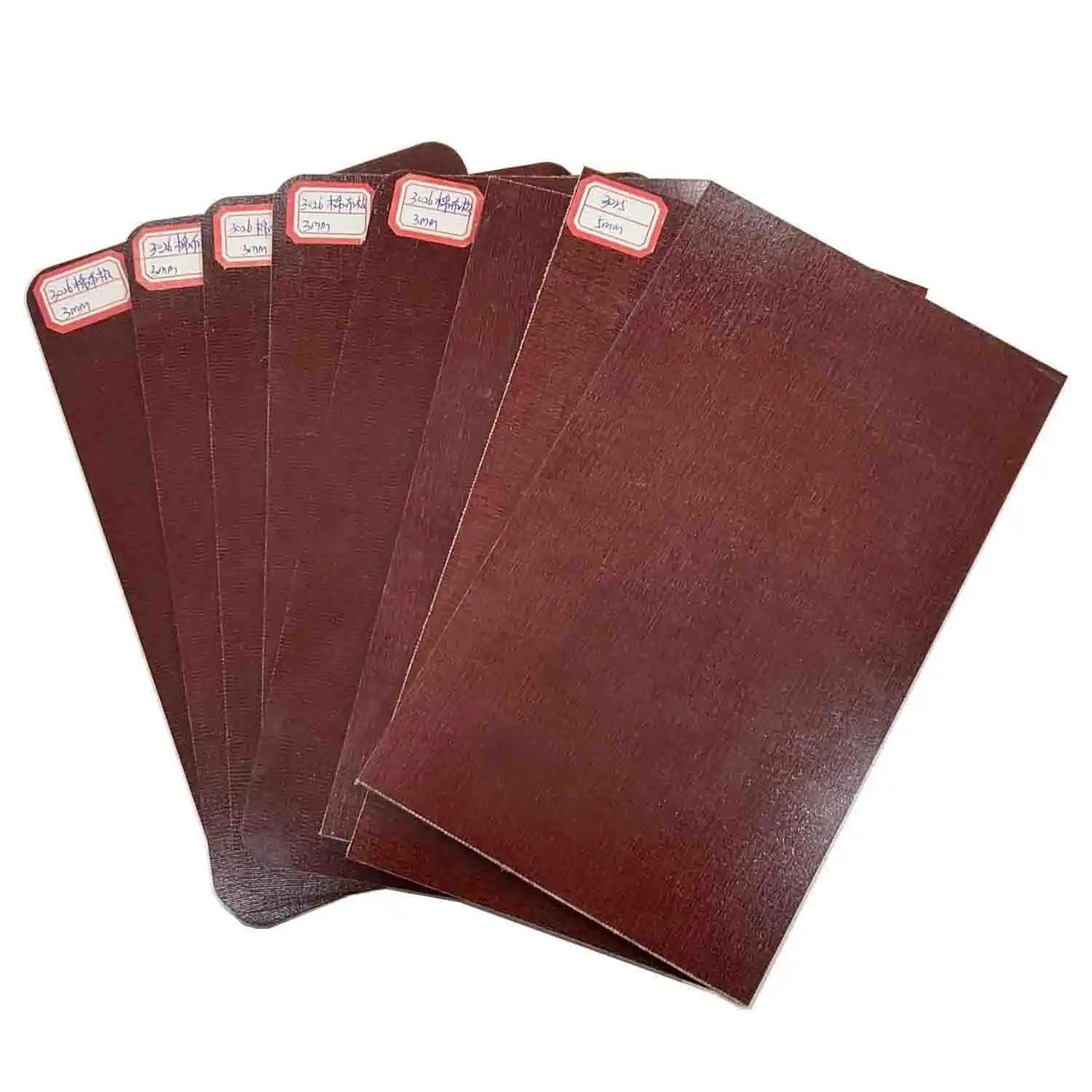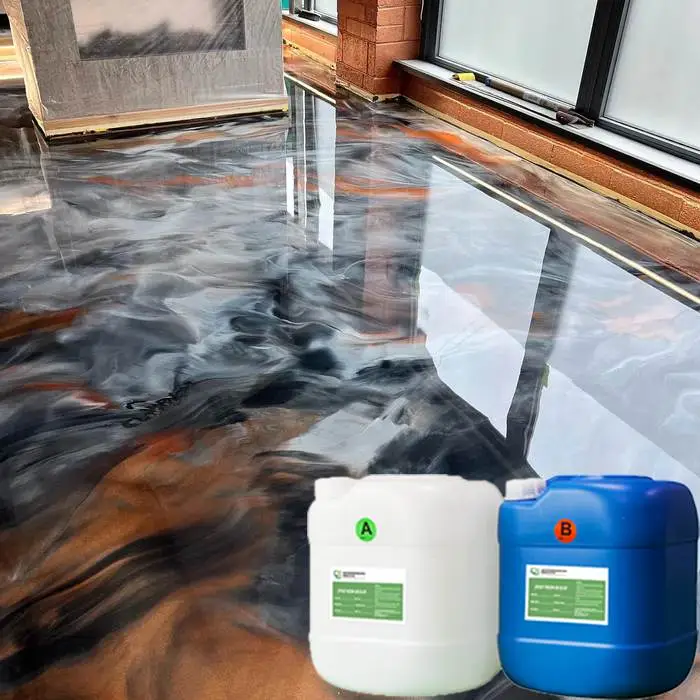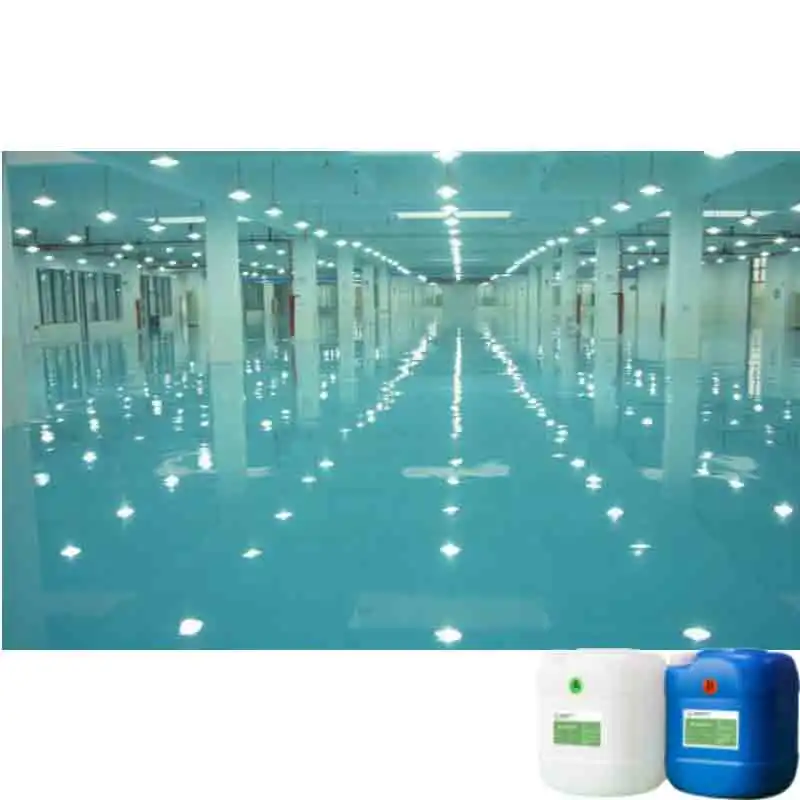What material is used for reflow/solder pallets?
2024-11-27 17:24:27
In the world of electronics manufacturing, reflow and solder pallets play a crucial role in ensuring precise and efficient production processes. These pallets are essential components that support printed circuit boards (PCBs) during soldering operations, particularly in surface mount technology (SMT) assembly. The choice of material for these pallets is paramount, as it directly impacts the quality, durability, and performance of the final product. In this comprehensive guide, we'll explore the various materials used for reflow and solder pallets, their properties, and how to select the most suitable option for your specific manufacturing needs.
|
|
Thinkness:3-50mm Color:Black, Grey, Blue Characteristics -Good Anti-static property -High strength and good machinability -High temperature resistance -Tight machining tolerance -Chemical resistant -Long life cycle |
| Learn More | |
Common Materials for Reflow and Solder Pallets
High-Temperature Polymers
High-temperature polymers are among the most popular materials used for reflow and solder pallets. These advanced materials offer exceptional heat resistance, dimensional stability, and chemical inertness, making them ideal for withstanding the rigorous conditions of soldering processes. Polyetherimide (PEI) and polyethersulfone (PES) are two prominent examples of high-temperature polymers utilized in pallet fabrication.
PEI, also known by its trade name Ultem, boasts a glass transition temperature of approximately 217°C (423°F), allowing it to maintain its structural integrity during reflow soldering. Its low coefficient of thermal expansion (CTE) ensures minimal warpage and dimensional changes when exposed to high temperatures. PEI pallets offer excellent chemical resistance, making them compatible with various flux and cleaning agents used in electronics assembly.
PES, another high-performance polymer, exhibits similar characteristics to PEI but with a slightly lower glass transition temperature of around 225°C (437°F). PES pallets are valued for their superior impact strength and dimensional stability, making them suitable for applications requiring robustness and precision.
Composite Materials
Composite materials have gained traction in the manufacturing of reflow and solder pallets due to their unique combination of properties. These materials typically consist of a polymer matrix reinforced with fibers or particulates, resulting in enhanced mechanical strength, thermal stability, and dimensional accuracy.
Glass-reinforced polymers, such as glass-filled PEI or PES, are prevalent in pallet fabrication. The addition of glass fibers improves the material's stiffness, reduces thermal expansion, and enhances overall durability. These composite pallets can withstand repeated thermal cycles without significant degradation, making them ideal for high-volume production environments.
Carbon fiber-reinforced polymers represent another class of composite materials used in high-performance reflow and solder pallets. These materials offer exceptional strength-to-weight ratios, superior thermal conductivity, and minimal thermal expansion. Carbon fiber-reinforced pallets are particularly beneficial in applications requiring precise temperature control and rapid heat dissipation.
Ceramic Materials
Ceramic materials, while less common than polymers and composites, offer unique advantages in specific reflow and soldering applications. Materials such as alumina (Al2O3) and silicon nitride (Si3N4) exhibit excellent thermal stability, chemical inertness, and wear resistance.
Alumina pallets are prized for their exceptional hardness and ability to withstand extreme temperatures without deformation. Their low thermal expansion coefficient ensures dimensional stability during thermal cycling, making them suitable for high-precision soldering operations.
Silicon nitride, known for its superior thermal shock resistance and high thermal conductivity, is employed in specialized reflow and solder pallets. These pallets excel in applications requiring rapid temperature changes and uniform heat distribution across the PCB surface.
Factors Influencing Material Selection
Thermal Properties
The thermal properties of a material are paramount when selecting reflow and solder pallets. The chosen material must withstand the peak temperatures encountered during the soldering process without degradation or deformation. Key thermal properties to consider include:
- Heat deflection temperature (HDT): The temperature at which a material begins to soften and deform under load.
- Glass transition temperature (Tg): The temperature range where a material transitions from a rigid to a more flexible state.
- Coefficient of thermal expansion (CTE): The rate at which a material expands or contracts with temperature changes.
- Thermal conductivity: The ability of a material to conduct heat, which affects temperature uniformity across the pallet surface.
Materials with high HDT and Tg values, low CTE, and moderate thermal conductivity are generally preferred for reflow and solder pallets. These properties ensure the pallet maintains its shape and dimensions throughout the soldering process, minimizing the risk of warpage or damage to the PCB.
Chemical Resistance
Reflow and solder pallets are exposed to various chemicals during the manufacturing process, including fluxes, cleaning agents, and solvents. The chosen material must exhibit excellent chemical resistance to prevent degradation, swelling, or contamination. Factors to consider when evaluating chemical resistance include:
- Compatibility with common fluxes and solder pastes used in electronics assembly.
- Resistance to cleaning solvents and aqueous cleaning solutions.
- Ability to withstand prolonged exposure to high humidity and corrosive environments.
Materials such as PEI and PES are known for their exceptional chemical resistance, making them suitable for a wide range of soldering applications. Composite materials reinforced with glass or carbon fibers often inherit the chemical resistance properties of their polymer matrices, providing additional durability in harsh environments.
Mechanical Properties
The mechanical properties of reflow and solder pallet materials play a crucial role in their performance and longevity. Key mechanical characteristics to consider include:
- Flexural strength: The ability of the material to resist bending under load.
- Impact resistance: The material's capacity to absorb and dissipate energy from sudden impacts.
- Dimensional stability: The ability to maintain shape and dimensions under varying environmental conditions.
- Wear resistance: The material's resistance to abrasion and surface degradation over time.
Materials with high flexural strength and impact resistance are preferred for reflow and solder pallets, as they can withstand the rigors of handling and transportation in production environments. Dimensional stability is crucial for maintaining precise alignment of PCB components during soldering, while wear resistance ensures the pallet's longevity and consistent performance over multiple production cycles.

Innovative Materials and Future Trends
Advanced Polymer Blends
The development of advanced polymer blends represents a promising trend in reflow and solder pallet materials. These blends combine the desirable properties of multiple polymers to create materials with enhanced performance characteristics. For example, blends of PEI and polyphenylene sulfide (PPS) have shown improved thermal stability and chemical resistance compared to traditional single-polymer pallets.
Researchers are exploring novel polymer blends that incorporate nanoparticles or phase-change materials to further enhance thermal management and dimensional stability. These innovative materials have the potential to revolutionize the efficiency and precision of reflow soldering processes in the future.
Bio-based and Sustainable Materials
As environmental concerns gain prominence in the electronics industry, there is growing interest in developing bio-based and sustainable materials for reflow and solder pallets. Researchers are investigating the potential of plant-derived polymers and natural fiber composites as alternatives to traditional petroleum-based materials.
While still in the early stages of development, bio-based pallet materials offer the promise of reduced environmental impact and improved recyclability. Ongoing research focuses on enhancing the thermal and mechanical properties of these materials to meet the demanding requirements of electronics manufacturing.
Smart Materials for Process Optimization
The integration of smart materials and sensor technologies into reflow and solder pallets represents an exciting frontier in electronics manufacturing. These advanced pallets incorporate temperature sensors, strain gauges, or other monitoring devices to provide real-time feedback on the soldering process.
Smart pallets enable precise temperature control, early detection of warpage or misalignment, and optimization of reflow profiles. By leveraging data from these intelligent pallets, manufacturers can improve process consistency, reduce defects, and enhance overall product quality.
Conclusion
The selection of appropriate materials for reflow and solder pallets is crucial for ensuring high-quality, efficient electronics manufacturing. High-temperature polymers, composites, and ceramics offer a range of options to meet diverse production requirements. By carefully considering thermal properties, chemical resistance, and mechanical characteristics, manufacturers can choose the optimal pallet material for their specific applications. As innovative materials and technologies continue to emerge, the future of reflow and solder pallets promises even greater precision, durability, and sustainability in electronics assembly processes.
Contact Us
Ready to elevate your electronics manufacturing with high-performance insulating sheets and reflow/solder pallet materials? Contact our team of experts at J&Q for personalized guidance and innovative solutions tailored to your production needs. Reach out to us at info@jhd-material.com to explore how our 20+ years of experience can enhance your manufacturing processes.
References
1. Smith, J. A. (2022). Advanced Materials for Electronics Manufacturing: A Comprehensive Guide. Journal of Materials Science and Engineering, 45(3), 201-215.
2. Chen, L., & Wang, X. (2021). Thermal Management in Reflow Soldering: Materials and Methods. International Journal of Thermal Sciences, 168, 107052.
3. Johnson, R. M., et al. (2023). Composite Materials for High-Temperature Electronics Assembly. Composites Science and Technology, 229, 109702.
4. Brown, K. L. (2020). Ceramic Substrates and Pallets in Electronics Manufacturing: Properties and Applications. Ceramics International, 46(10), 15732-15746.
5. Lee, S. H., & Park, Y. J. (2022). Bio-based Polymers for Sustainable Electronics: Challenges and Opportunities. Green Chemistry, 24(12), 4589-4605.
6. Zhang, W., et al. (2023). Smart Materials and Sensor Integration in Reflow Soldering: A Review. IEEE Transactions on Components, Packaging and Manufacturing Technology, 13(5), 856-870.


